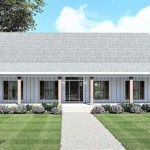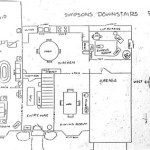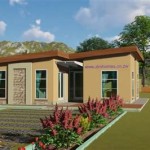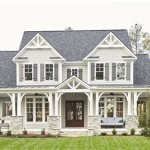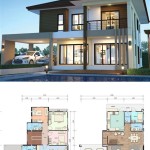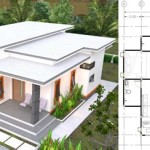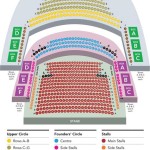Essential Aspects of Low-Cost Energy-Efficient Home Plans
In an era defined by rising energy costs and environmental concerns, embracing low-cost energy-efficient home plans has become increasingly essential. These plans prioritize minimizing energy consumption and environmental impact, resulting in significant long-term savings and a more sustainable lifestyle.
This article explores the fundamental aspects of low-cost energy-efficient home plans, shedding light on their key features and benefits. By understanding these essential components, homeowners and aspiring builders can make informed decisions when designing and constructing energy-conscious homes.
1. Energy-Saving Building Materials
The choice of building materials plays a pivotal role in energy efficiency. Low-cost options include structural insulated panels (SIPs), insulated concrete forms (ICFs), and cellulose insulation. These materials possess superior insulating properties, minimizing heat loss and reducing the reliance on heating and cooling systems.
2. Energy-Efficient Appliances
Energy-efficient appliances are a must-have for low-cost energy-efficient homes. Look for appliances with an Energy Star rating, which signifies their compliance with high energy-saving standards. Energy-efficient refrigerators, dishwashers, and washing machines can significantly reduce electricity consumption.
3. Passive Solar Design
Passive solar design utilizes natural resources to minimize energy usage. It involves orienting the home to maximize sunlight exposure for heating during the winter and minimize it during the summer. Additionally, incorporating large windows on the south side allows for natural daylighting, reducing the need for artificial lighting.
4. Energy-Saving Lighting
LED and CFL bulbs offer significant energy savings compared to traditional incandescent bulbs. These bulbs consume less electricity and last longer, reducing both energy consumption and maintenance costs.
5. Programmable Thermostats
Programmable thermostats allow homeowners to control the temperature of their homes remotely. By setting different temperatures for different times of the day, such thermostats can optimize energy usage and save on heating and cooling costs.
6. Rainwater Harvesting
Rainwater harvesting systems collect and store rainwater for reuse in landscaping and other non-potable applications. By reducing reliance on municipal water sources, these systems contribute to water conservation and lower utility bills.
In conclusion, low-cost energy-efficient home plans offer a multitude of benefits, including reduced energy consumption, lower utility costs, and increased environmental sustainability. By carefully considering the essential aspects outlined in this article, homeowners and builders can create energy-conscious homes that prioritize affordability and long-term savings.

Energy Efficient Home Design Plans Cad Pro

Energy Efficient Home Plans Ekobuilt

Energy Efficient Home Things To Consider Perry Homes

Energy Efficient Home

How To Build An Energy Efficient Home

Net Zero Home Design Popular Plans Energy

Energy Efficient Homes Designs For Electricity Savings General Contractor Luxus Construction
Seven Efficient And Flexible Floor Plans Builder

Home Designs Fsec

Energy Efficient House Design Sustainable Plans

